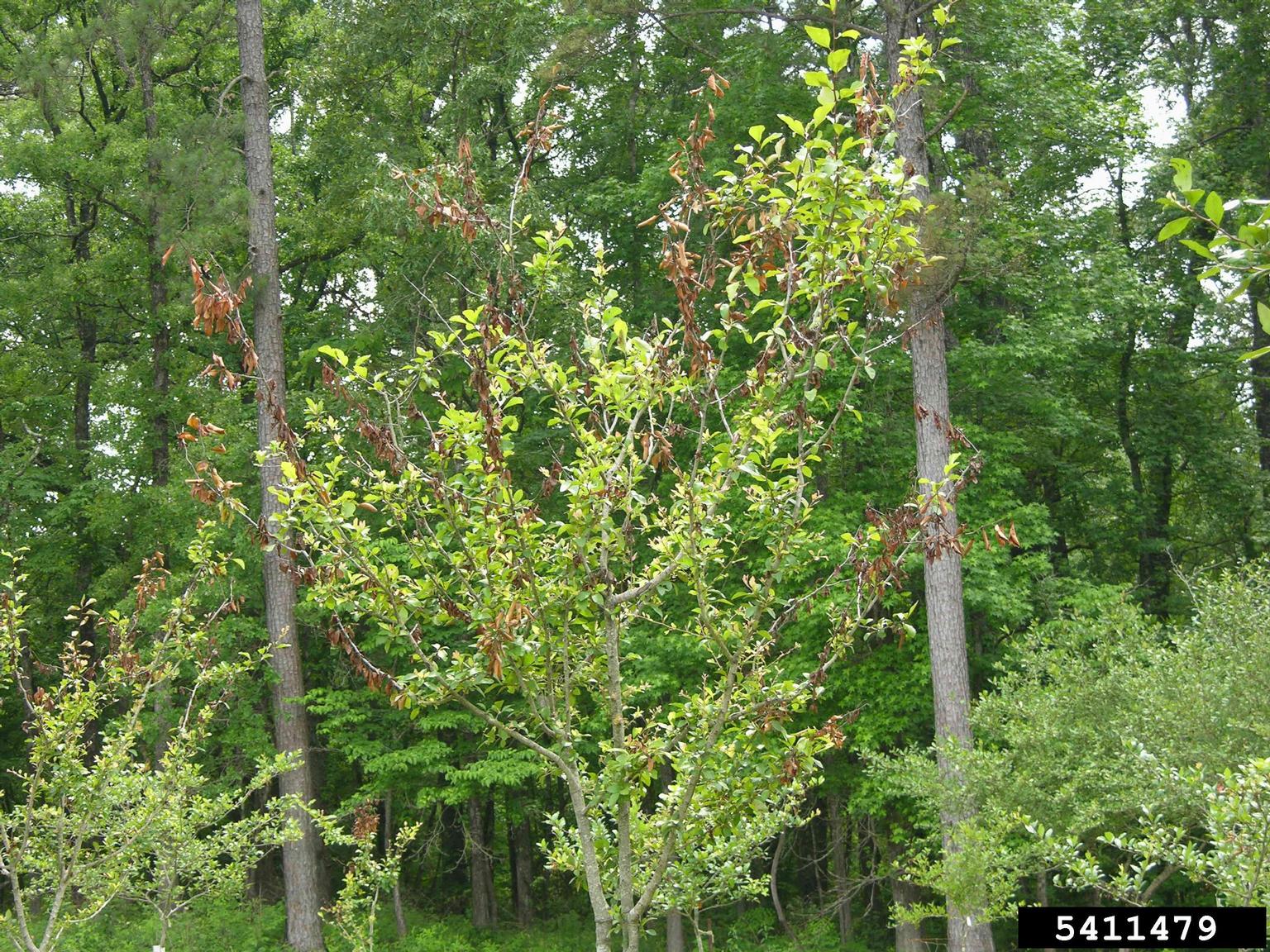What Causes Mayhaw Fire Blight: Managing Fire Blight On Mayhaw Trees


Mayhaws, a member of the rose family, are a type of hawthorn tree that produces small, apple-like fruits that make delicious jams, jellies, and syrup. This native tree is especially popular in the American Deep South and is the state tree of Louisiana. Mayhaw trees, like other hawthorns, are susceptible to a bacterial disease known as fire blight. The disease can be deadly in some situations, sometimes killing a tree in a single season. Fortunately, fire blight on mayhaw can be controlled. Read on to learn about mayhaw fire blight control and prevention.
Symptoms of Mayhaw with Fire Blight
What causes mayhaw fire blight? The bacterium that causes fire blight enters through blossoms, then travels from the flower down the branch. The blossoms may turn black and die, and the tips of branches often bend, displaying dead leaves and a black, scorched appearance. Cankers that look like rough or cracked bark may appear. Fire blight overwinters in the cankers, then splashes onto blossoms during rainy weather in spring. Fire blight on mayhaw is also spread by wind and insects. The disease may not affect the tree every year, but tends to show up during damp weather, becoming inactive when the weather turns hot and drier in summer.
Mayhaw Fire Blight Control
Plant only disease-resistant cultivars. The disease may still show up but tends to be easier to control. Prune damaged branches when the tree is dormant during the winter. Prune only when the weather is dry. Make cuts at least 4 inches (10 cm.) below cankers and dead bark. To prevent spread, sanitize pruners with a mixture of four parts water to one part bleach. Avoid overuse of nitrogen fertilizers, which increases the risk of fire blight on mayhaw. Chemical controls may be useful. Use only products labeled specifically for fire blight on mayhaw. Your local cooperative extensive office can recommend the best products for your area and growing conditions.
Sign up for the Gardening Know How newsletter today and receive a free copy of our e-book "How to Grow Delicious Tomatoes".

A Credentialed Garden Writer, Mary H. Dyer was with Gardening Know How in the very beginning, publishing articles as early as 2007.